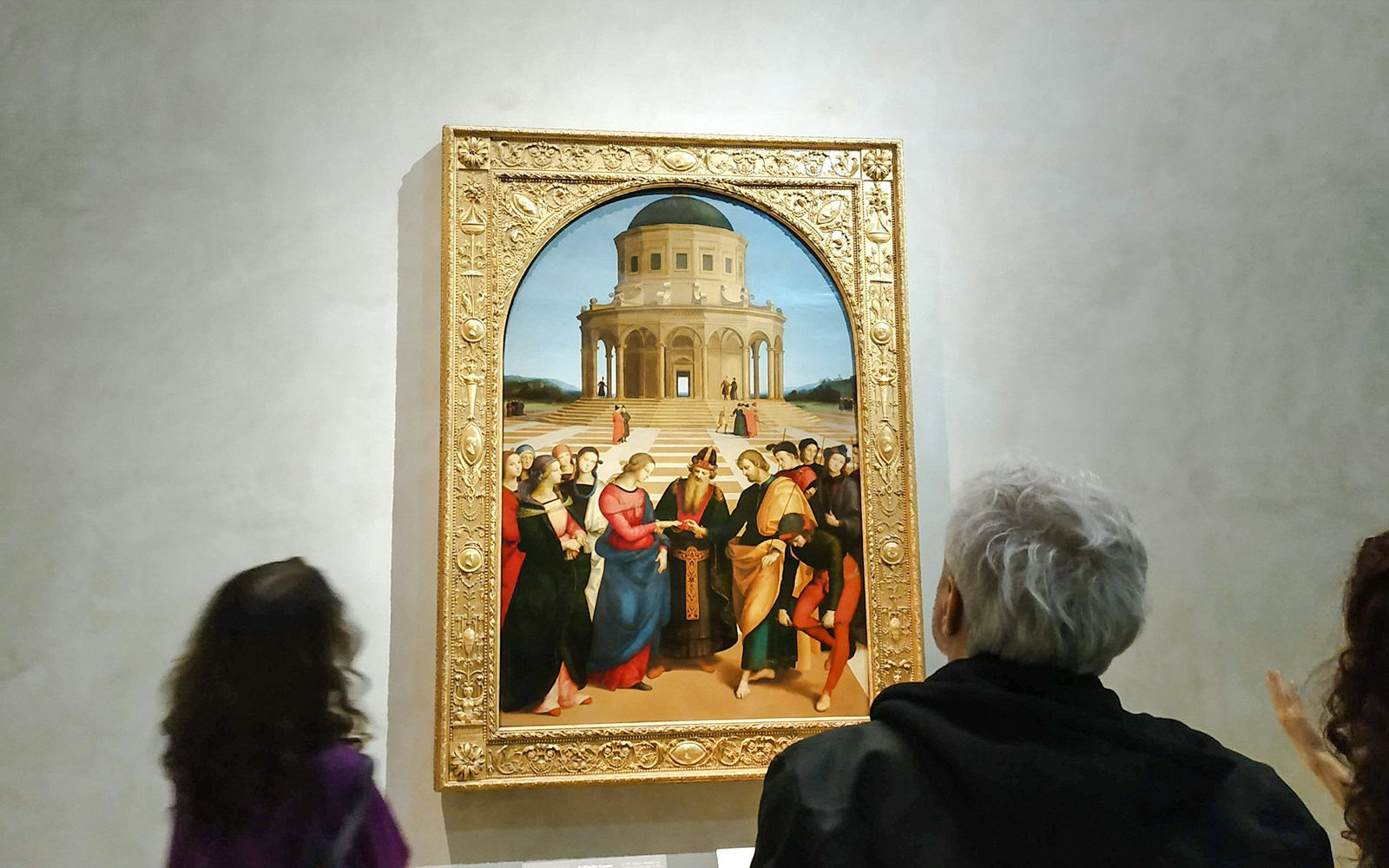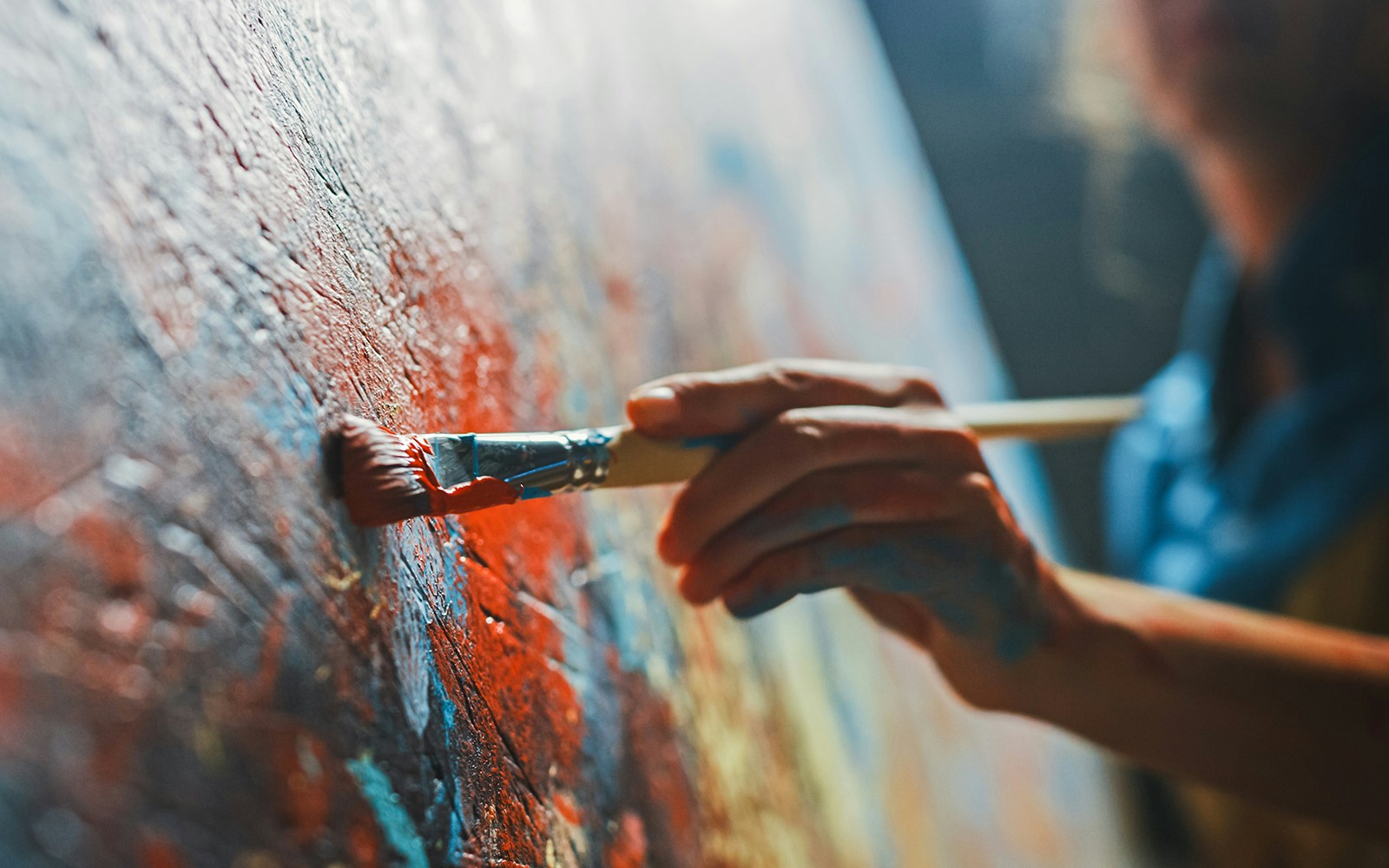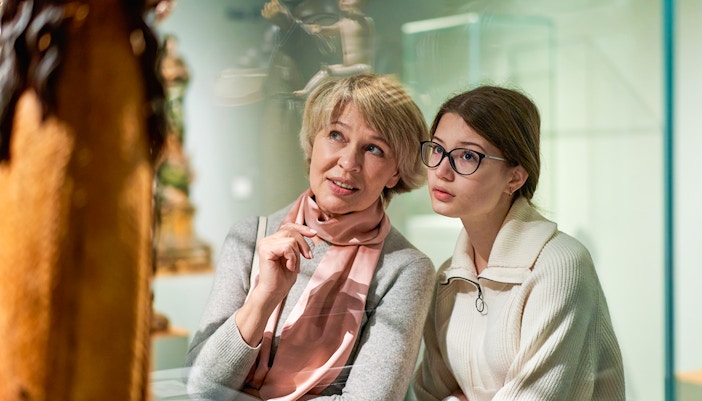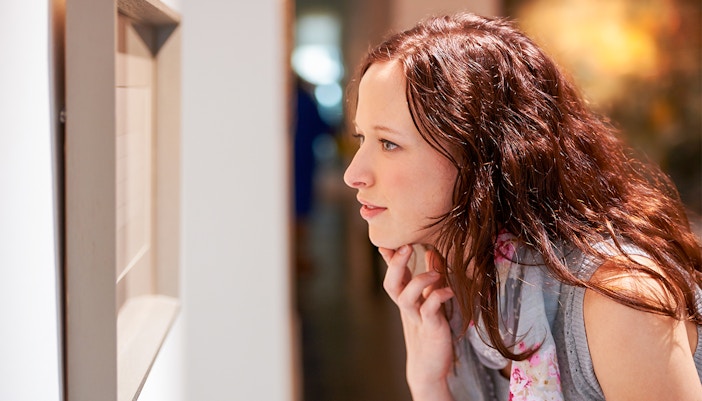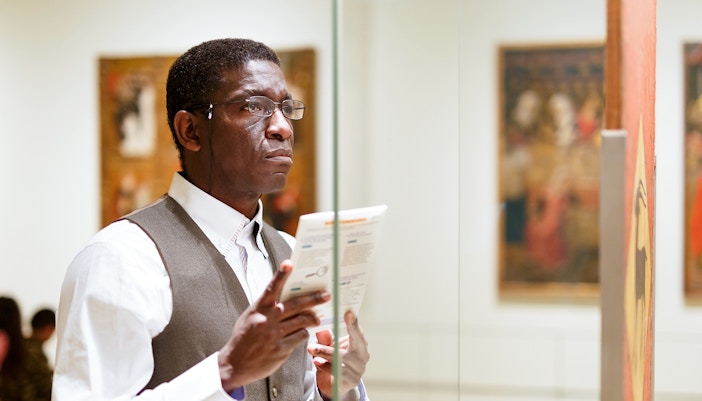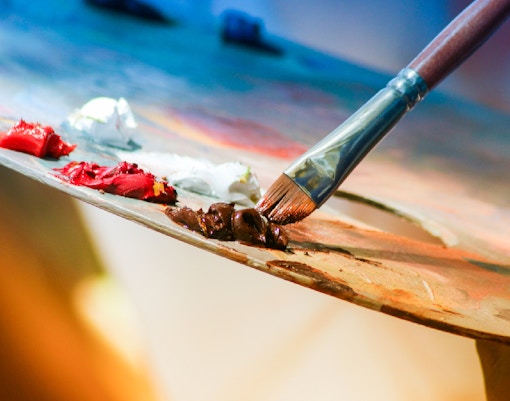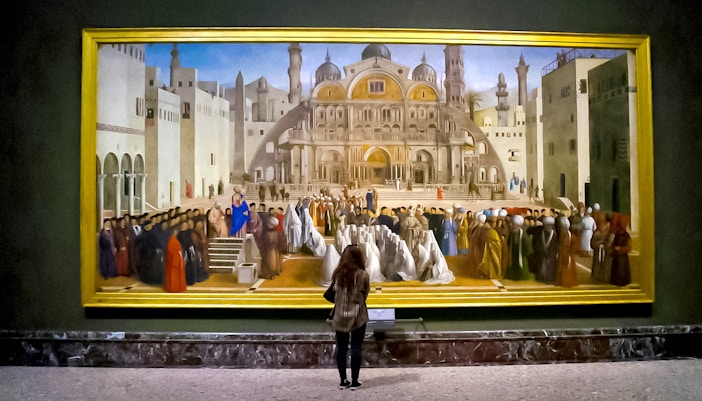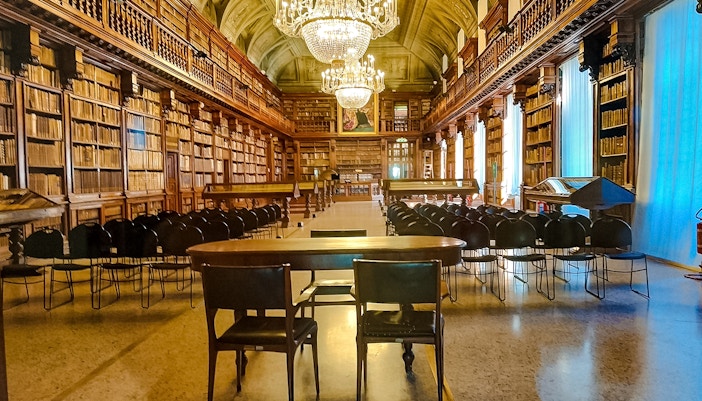A guided tour or audio guide gives you insight into the symbolism, perspective lines and Raphael’s influences, details you might miss on your own.
What makes The Marriage of the Virgin a masterpiece?
Historical context
Painted in 1504 during the High Renaissance, it reflects humanist ideals, classical influence, and religious devotion, gaining popularity as a perfect blend of spiritual narrative and Renaissance innovation.
Innovative use of perspective
Raphael’s precise linear perspective guides the viewer from foreground to temple, creating three-dimensional depth. This mathematical mastery of space was groundbreaking and set new standards for Renaissance painting.
Narrative and symbolic depth
Joseph’s blossoming rod, the rejected suitor, and Mary’s poised acceptance convey layered themes of faith, virtue, divine selection, and human emotion, making the story visually rich and symbolically complex.
Technical mastery
Meticulous brushwork, delicate color transitions, and balanced lighting integrate figures with architecture. Raphael’s skill elevates both form and expression, showcasing technical brilliance and harmony in every detail of the scene.
Integration of architecture and figure
The centrally-planned temple reinforces spiritual order and compositional balance. Classical symmetry enhances the narrative, highlighting human participation in divine events while demonstrating Renaissance ideals of proportion and beauty.
Influence and legacy
The painting became a model for future artists, demonstrating how religious storytelling could be enriched through perspective, emotion, and compositional balance, securing its place as a reference in High Renaissance art.
Emotional and aesthetic impact
Raphael’s serene yet expressive figures engage viewers emotionally, combining idealized beauty with dramatic storytelling. This harmony of emotion and aesthetics has captivated audiences for over five centuries.
